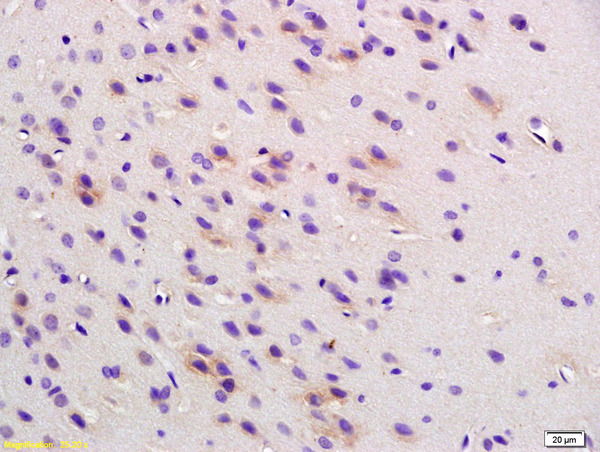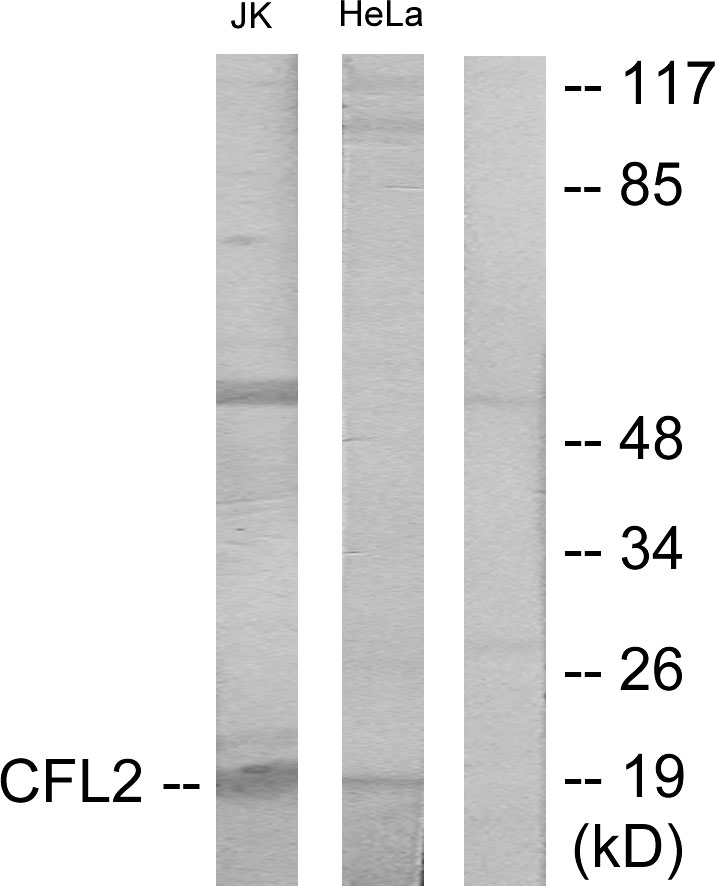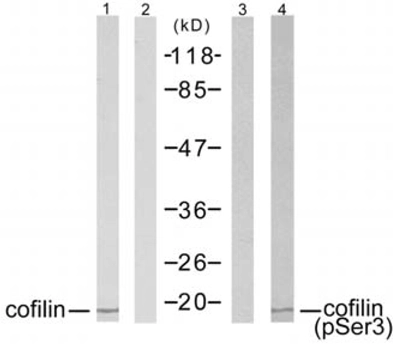Cofilin antibody
GTX11062
ApplicationsImmunoFluorescence, Western Blot, ImmunoCytoChemistry, ImmunoHistoChemistry
Product group Antibodies
Overview
- SupplierGeneTex
- Product NameCofilin antibody
- Delivery Days Customer9
- Application Supplier NoteWB: 1:10,000. ICC/IF: 1:1,000. *Optimal dilutions/concentrations should be determined by the researcher.Not tested in other applications.
- ApplicationsImmunoFluorescence, Western Blot, ImmunoCytoChemistry, ImmunoHistoChemistry
- CertificationResearch Use Only
- ClonalityPolyclonal
- ConjugateUnconjugated
- HostRabbit
- IsotypeIgG
- Scientific DescriptionCofilin is a small phosphoinositide-sensitive, actin-binding protein capable of depolymerizing actinfilaments in vitro. Under certain conditions, it fragments the filaments and accelerates actin subunit dissociation from their epointedi (minus) ends. Cofilin binds stoichiometrically to monomeric G-actin and to actin protomers in filaments in an apparent pH-dependent, Ca2+- independent manner. Actin-ADP is preferentially bound. Cofilin intercalates between longitudinally associated actin monomers within the filament and distorts its helical twist. Cofilin is very similar to destrin/ ADF (Actin Depolymerizing Factor), a related gelsolinlike actin filament-severing protein. Mammalian cofilin has non-muscle (NM-CF, CF-L1) and muscle (M-CF, CF-L2) isoforms. Cofilin is ubiquitous in tissues of eukaryotes and is especially abundant in neuronal tissues. It can shuttle between the cytoplasm and the nucleus in response to various stresses or signals, and may translocate from the cytoplasm to the plasma membrane in various cells. Cofilin is present together with destrin in eHirano bodiesi in certain brain neurons of dementia patients. Cofilin is essential for viability and is important for many cellular processes involving actin remodeling such as motility at the leading edge of cells, polarized cell growth, endocytosis, phagocytosis, cellular activation, cytokinesis, and pathogen intracellular motility. In vivo activity of vertebrate cofilin is regulated through reversible phosphorylation and dephosphorylation at the serine 3 residue. The phosphorylated form is inactive and incapable of association with actin. Phosphorylation of cofilin is regulated in vertebrates by at least four protein kinases: LIM Kinase 1, LIM Kinase 2, Testicular Kinase 1, and Testicular Kinase 2, whereas its dephosphorylation in co-stimulated human lymphocytes is carried out by serine phosphatases PP1 and PP2A.
- Storage Instruction-20°C or -80°C,2°C to 8°C
- UNSPSC12352203





